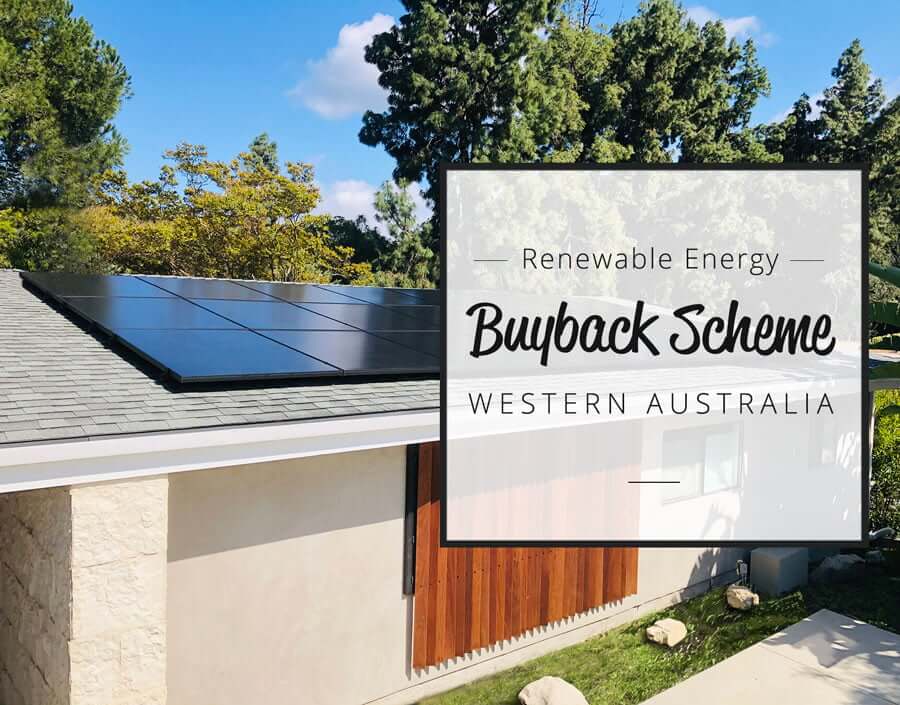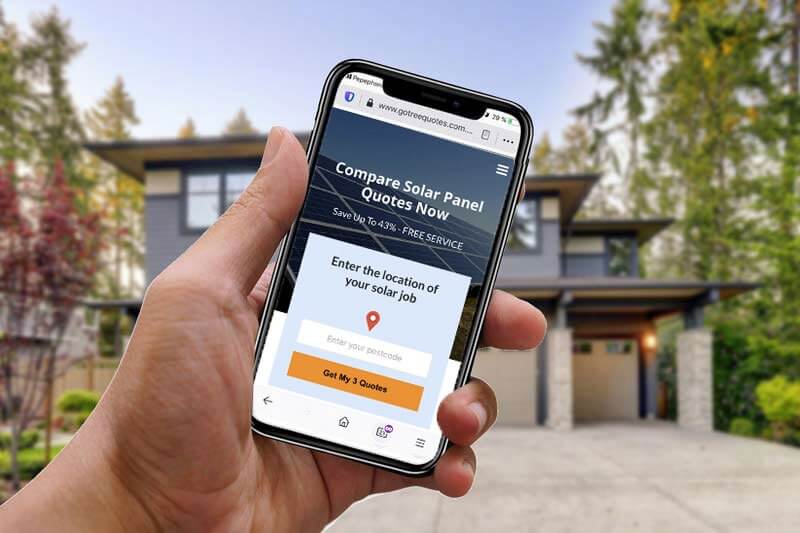Home Renewable Energy Buyback Scheme WA: Rates & Eligibility
Renewable Energy Buyback Scheme WA: Rates & Eligibility
In Western Australia, owners of solar panels are reaping the benefits offered by the Renewable Energy Buyback Scheme (REBS).
The renewable energy buyback scheme applies to WA solar panel owners who do not receive a feed-in tariff. It pays 7.1350 cents per kWh of solar power exported to the grid. The REBS does not consider the time of export.
As of August 31, 2020, the REBS has changed to DEBS or the Distributed Energy Buyback Scheme. Current REBS beneficiaries are not affected until they choose to comply with the DEBS conditions.

Table of Contents
ToggleWhat is the WA Distributed Energy Buyback Scheme (DEBS)
DEBS offers eligible solar panel owners a time of export payment for solar power exported to the grid.
This, in conjunction with the solar panel rebate subsidies in Perth, is designed to help homeowners get into renewable energy sooner.
Solar panel owners are paid more if they export power during grid peak hours. Usually, grid peak hours are in the evening.
During the day, there’s low demand on the power grid. Therefore, you will be paid less if you export your solar power.
Solar systems produce more power during the day. Thus, DEBS encourages solar panel owners to use the power produced or store it for later use.
Eligibility
To be eligible for DEBS, you must purchase your solar panels or batteries from accredited retailers and installers.
The retailers offer the buyback scheme through the Electricity Industry Licensing Conditions.
According to the regulations, eligible customers:
- Must be a residential customer who consumes not more than 50 MWh of electricity annually.
- Educational institutions
- Non-profit making institutions.
Eligibility for DEBS when in REBS
If you own a solar power system and are currently enjoying the REBS payment, you can move to the DEBS when you meet the following conditions.
- Upgrade your solar system to meet the minimum power production requirements.
- Add a solar battery to your system or,
- An electric car that can export power to the grid.
DEBS rates
DEBS offers rates based on the time of export. Electricity costs differently during the day. It is more expensive at peak demand hours and less costly at times of low demand.
In the late afternoon and evening, the DEBS rate is higher than morning hours. There is a high demand and use of power during these hours.
Here is how much you will earn when you export power to the grid in the DEBS program.
- Peak hours: From 3pm to 9pm, you will earn 10cents/KWh
- Off-peak hours: From 9pm to 3pm you will earn 2.75-3 cents/KWh
These rates are reviewed and may be adjusted each year like other electricity prices.
Factors that determine how much you earn for your exported power in the DEBS program
Your electricity retailer
In WA, your electricity retailer is either Synergy or Horizon. Both pay 10 cents/kwh at peak times.
However, Horizon pays 3cents/KWh while Synergy pays 2.75cents/KWh at off-peak hours.
Where you live
Power generation costs vary in different locations. Where it is more expensive, residents earn at a higher rate for the solar power they export to the grid.
Horizon operates in regions of high generation cost. Consequently, it offers higher DEBS rates than Synergy.
Solar system design
To get higher rates, you must consider your solar system design. Higher rates are paid for solar power exported in the afternoon.
Usually, solar powers produce the maximum power at around noon when the sun is at its highest.
To export more power in the afternoon, you must install west facing solar panels. They will capture the afternoon sun and produce more power to export.
Thus, if you use solar power, you will have to install both east and west facing panels. The east facing panels will produce power to use, while the west facing panels will produce the power you export.
Size of your solar system
The minimum size of solar system you require to be eligible for the DEBS program is 5KW.
A smaller size solar system will not produce the minimum 50 MWh of annual electricity eligibility requirements.
You must have excess power to consume and export to the grid. You can achieve it by increasing the number of solar panels or adding a battery system to your system.
The number of units exported
The DEBS program rates apply only to the first 50 units exported from premises. Usually, this is more than a 6.6KW solar system can produce.
How to apply for the DEBS scheme
Apply from the DEBS scheme from your electricity retailer.
Visit their website and apply for the energy buyback scheme they have for your region and solar capacity.
How to maximize ROI for solar systems with DEBS
Enhanced self-consumption of solar power
To enjoy the benefits of solar system acquisition, you must use more solar power than you export.
The more solar power you consume, the more you save on your electricity bills.
Additionally, you must have the right size of solar system for your needs. The more power you leave unconsumed, the longer it takes to recover your investment in the solar system.
Solar panel installation and type
When you install solar panels, you must consider their orientation. Proper solar panel orientation ensures that your solar panels face the sun directly. Consequently, they can absorb more sunlight and produce more power.
Additionally, consider the size of your solar power system. Depending on your electricity needs, you need a 5 to 6.6kW solar system to qualify for the DEBS program. An ordinary household uses 20-24Kw of power per day. You can get the required amount with these solar panel sizes.
Also, you must ensure that your solar panels are not shaded. Shading reduces the amount of sun that solar panels absorb. Consequently, your solar system produces less power for your consumption.
Export your power at peak times
Exporting power at peak times ensures that you earn the highest rates from your electricity retailer. The more you earn, the faster you can earn back your investment.
To export power at peak times, you must install west-facing solar panels. They absorb the afternoon sun directly and export maximum power at peak demand periods. Thus, you can earn at a higher rate, hastening your rate on investments.
Invest in a solar battery
A solar battery stores excess power from your solar panel system. You can use the stored power when the system is not generating power.
A battery ensures that you do not waste excess power from your system. Thus, it helps you save money and get a quick return on your investment.
Compare Prices from Top-Voted Local Installers
GoSolarQuotes.com is a free tool that connects homeowners to accredited solar panel installers.
- Scroll to the top of the page and enter your postcode.
- Then answer a few quick questions about your solar needs.
- Three top-voted installers will send you a quote for the installation.
No hard sales, just friendly advice and great prices!

Why are DEBS rates not similar to electricity prices?
- Fluctuating wholesale prices are based on the demand of power.
- Other costs beyond the cost of power. Besides wholesale costs, electricity retailers must pay other connection costs.
Does DEBS affect feed-in tariff programs for customers?
No. DEBS does not affect the Feed-in tariff.
Once you reach the end date of your F-i-t program, you will continue getting REBS if you do not change your solar system.
However, if you meet the eligibility requirements of DEBS, you can apply to the program.
If you install a battery before the end of your FiT program, you will be automatically connected to the REBS program.
Compare Solar Panel Quotes
Table of Contents
Toggle









